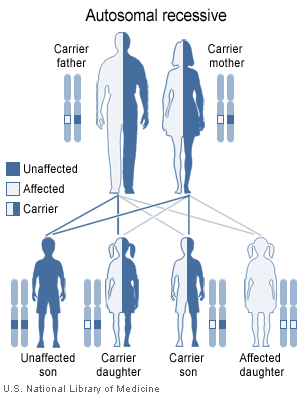Propionic acidemia
Template:DiseaseDisorder infobox
Please Take Over This Page and Apply to be Editor-In-Chief for this topic: There can be one or more than one Editor-In-Chief. You may also apply to be an Associate Editor-In-Chief of one of the subtopics below. Please mail us [1] to indicate your interest in serving either as an Editor-In-Chief of the entire topic or as an Associate Editor-In-Chief for a subtopic. Please be sure to attach your CV and or biographical sketch.
Propionic acidemia is an inherited disorder of inborn error of intermediary metabolism that may present in the early neonatal period with progressive encephalopathy. Death can occur at anytime due to secondary hyperammonemia, infection due to immune system suppression, cardiomyopathy, or basal ganglial stroke.
Incidence

Propionic acidemia is inherited in an autosomal recessive pattern and occurs in about 1 in 100,000 live births in the United States. The condition appears to be more common in Saudi Arabia with a frequency of 1 in 2,000 to 5,000 people. The condition also appears to be more common in Old Order Amish populations.
Symptoms
Individuals with propionic acidemia are unable to process certain amino acids, which make up protein, and lipids properly. The condition, which usually appears in early infancy, is characterized by poor feeding, vomiting, weak muscle tone (hypotonia), seizures, and lethargy. The effects of propionic acidemia can be life-threatening.
Cause
Mutations in the PCCA and PCCB genes cause propionic acidemia. The PCCA and PCCB genes make protein subunits that come together to form an enzyme called propionyl-CoA carboxylase (EC 6.4.1.3). This enzyme is responsible for one step in the breakdown of several amino acids, certain lipids, and cholesterol. Mutations in the PCCA or PCCB gene disrupt the function of the enzyme, preventing these molecules from being broken down. As a result, a substance called propionyl-CoA, propionic acid and other potentially toxic compounds can accumulate, causing the signs and symptoms of propionic acidemia.
See also
External links
- Propionic Acidemia Foundation
- Organic Acidemia Association
- Propionic Acidemia Research Network (PARnet)
- Propionic acidemia at NLM Genetics Home Reference This article incorporates public domain text from this source
Template:Endocrine, nutritional and metabolic pathology Template:SIB